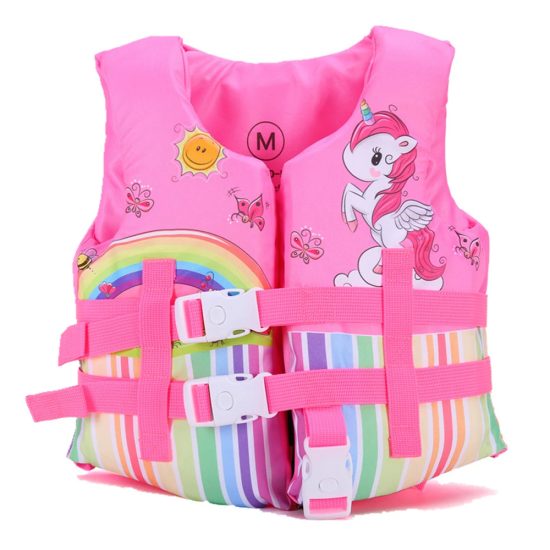Life jackets are essential safety gear for water activities, and proper maintenance ensures their reliability in critical moments. Regular upkeep not only prolongs their lifespan but also ensures optimal safety. Here are some tips to maintain your life jacket for longevity and safety.
1. Inspection is Key
Regularly inspect your life jacket for any signs of wear, tear, or damage. Check for frayed straps, tears in the fabric, or damaged buckles. Any compromise in the integrity of the jacket can affect its effectiveness in an emergency.
2. Cleanliness Matters
Keep your life jacket clean by rinsing it with fresh water after each use, especially if it’s been exposed to saltwater or chemicals. Avoid machine washing or using harsh detergents, as they can damage the materials.
3. Proper Storage
Store your life jacket in a well-ventilated area away from direct sunlight and heat sources. Hanging it instead of folding helps maintain its shape and integrity. Avoid storing it in damp or humid places to prevent mold or mildew growth.
4. Follow Manufacturer’s Instructions
Always adhere to the manufacturer’s guidelines for maintenance and care. Different types of life jackets may have specific cleaning or maintenance instructions, and following these ensures optimal performance.
5. Repair Promptly
If you notice any damage during inspection, address it promptly. Small tears or loose seams can worsen over time, compromising the jacket’s effectiveness. Repair them using appropriate materials or seek professional help if needed.
6. Avoid Harsh Chemicals and Solvents
Avoid exposing your life jacket to harsh chemicals, gasoline, or solvents, as they can degrade the materials and compromise buoyancy. Even sunscreen or insect repellent can damage the fabric, so ensure it’s dry before wearing the jacket.
7. Check the Buoyancy Material
Foam inside life jackets can degrade over time. Ensure the foam hasn’t hardened, become crumbly, or lost its buoyancy. If you notice any changes in the buoyancy material, consider replacing the jacket.
8. Conduct Regular Tests
Periodically conduct buoyancy tests by wearing the life jacket in shallow water to ensure it still provides proper flotation. This test helps verify its functionality in case of an emergency.
Conclusion
A well-maintained life jacket is a reliable companion during water activities, providing not just safety but peace of mind. Regular inspections, proper cleaning, and timely repairs contribute to the longevity and effectiveness of your life-saving gear. Prioritizing maintenance ensures that your life jacket remains a dependable safety asset for all your aquatic adventures.


